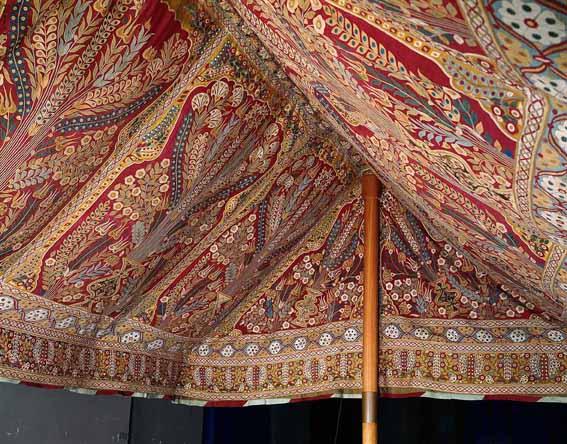WHEN THE Turkish Room (Türckische Cammer) opens in Dresden’s Residenzschloss this month, it will have created an extraordinary space to display the permanent oriental collection in the former palace of the electors of Saxony. Furthermore, the collection has not been on public display in full for over 70 years.
The room that links the State Apartments in the west wing of the palace to this new exhibition has also been specially created as an area devoted to Johann Georg Spiegel’s visit to Istanbul on behalf of August the Strong. In 1714, Spiegel (the valet of August the Strong), brought horses and camels, as well as numerous purchases and gifts from Turkey to Dresden.
The purpose of the visit being to both purchase objects on behalf of the king and to conduct a diplomatic mission. These recorded items remain one of the most important collections of Ottoman art in existence today.
Oriental Works of Art
A second room houses early acquisitions of oriental works of art dating from the 16th to 17th centuries, ranging from the era of Sultan Suleyman 1 (1520-1566), until the Treaty of Karlowitz in 1699. A highlight of the collection are the imperial gifts presented in 1602, 1617 and 1620, along with ceremonial weapons dating from the same period, which were produced in European workshops that aimitated the oriental style.
The main room of the Turkish Room, a long gallery, contains the largest number of Ottoman objects, mostly dating from the period of August the Strong and supplemented by acquisitions from the late 18th and 19th centuries. Some of the most striking exhibits on show are two ornately decorated tents, the larger of which is 20 m long, 8 m wide and 6 m high.
August the Strong
August the Strong portrayed himself in Saxony and Poland as the ‘Conqueror of the Turks’ (although this was not always the case) and numerous functions were embellished with oriental artefacts and the addition of janissaries and ‘moors’ to emphasise this role. As August the Strong did not acquire much booty of his own – and the then-existing collection was not enough to provide all the props for his lavish ceremonies – he sent several envoys to Turkey to purchase exotic objects, such as the tents, costumes, ceremonial objects and horse paraphenalia.
All Things Ottoman
A high point for this fashion for ‘all things Ottoman’ was the marriage of Friedrich August 11 of Saxony (his son) to Archduchess Maria Josepha (a daughter of the Emperor) in 1719. Throughout this period the list of tributes come not only from the Saxon and Polish nobles, but also from Sultans of the Ottoman empire, Tatar Khans and even the Russian Tsar.
The Armoury
The artefacts housed in the Turkish room have existed as a separate collection within the Rustkammer (Armoury) since the last decade of the 16th century. In 1587, Elector Christian 1 was presented with oriental gifts by the Grand Duke of Florence and the Dukes of Mantua and Savoy. However, the earliest recorded mention of the name of the Turkish Room dates from 1614 – with the first independent inventory being produced in 1674.
The interest in smallest, mundane aspects of life in the Ottoman Empire can also be seen in the collection, in the existence of four, folding leather drinking vessels. Ordinary objects, which have not been preserved in any other collection, but allow the visitor a rare chance to see objects from every-day life that are normally disgarded, which only gain value and interest as time passes and their rarity increases.
Turkische Cammer, Residenzschloss (Royal Palace), Taschenberg 2, Dresden, Germany, www.skd.museum
Gallery of images






